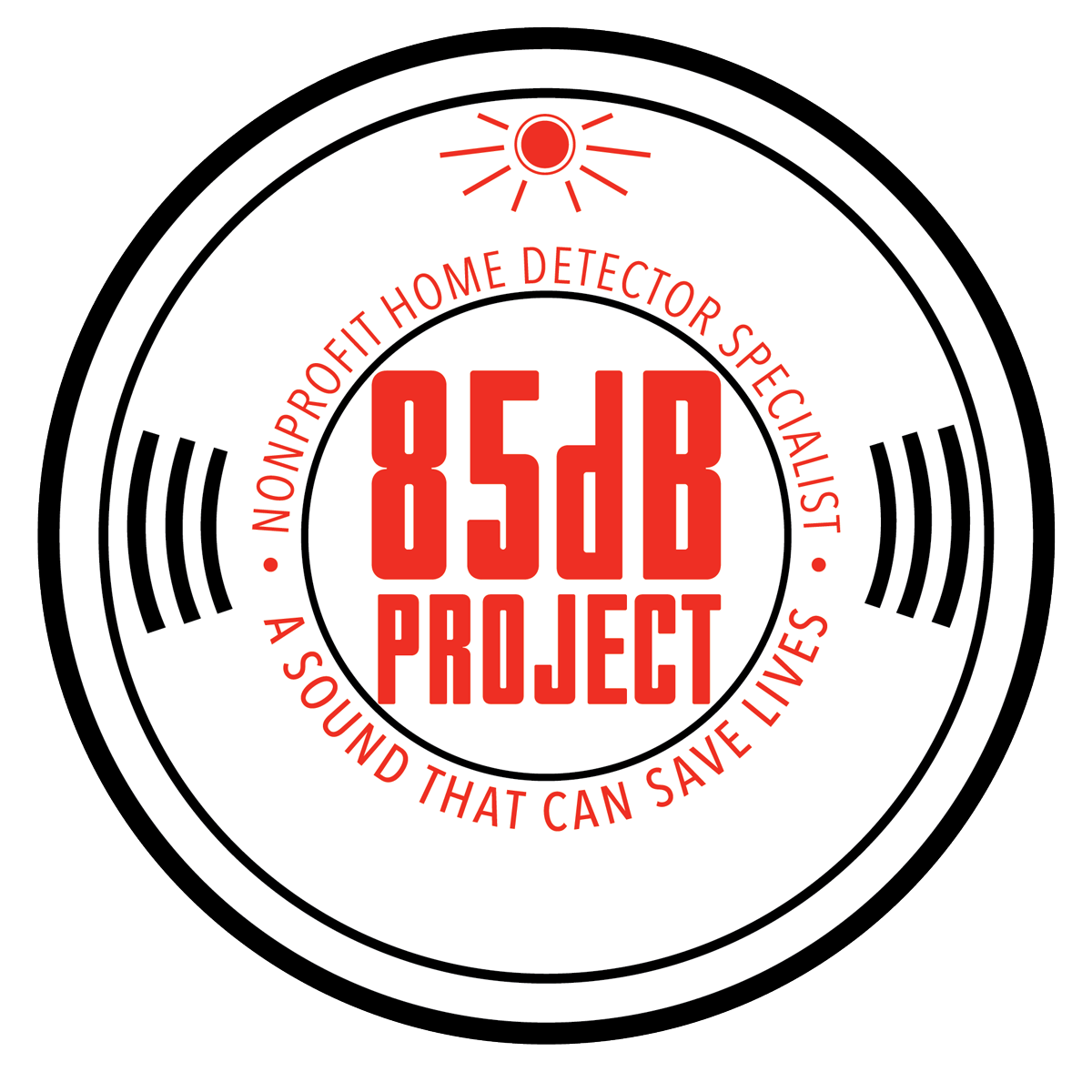Smoke, fire, carbon monoxide (CO), and gas detectors stand as vigilant sentinels in homes, workplaces, and public spaces, offering crucial alerts in the event of potential threats. While these detectors play a pivotal role in early detection, it’s equally essential to establish effective response protocols to ensure swift action and safety in emergencies. Understanding the necessary steps and protocols for each type of detector is crucial for mitigating risks and protecting lives and property.
Smoke Detector Response Protocols
Smoke detectors act as the first line of defense against potential fires. In the event of a smoke detector alarm:
- Immediate Action: React promptly by evacuating the premises, following predetermined escape routes if possible.
- Contact Emergency Services: Dial emergency services (911 or relevant local authorities) to report the fire.
- Close Doors: Shut doors behind you to contain the spread of smoke and fire, if feasible.
- Stay Low: While moving through smoke-filled areas, stay close to the ground where the air is cleaner.
- Designated Meeting Point: Assemble at a predetermined safe location outside the building and account for everyone.
Fire Detector Response Protocols
Incorporating advanced sensors, fire detectors differentiate between smoke and actual fire. When a fire detector activates:
- Immediate Evacuation: Swiftly exit the building via established evacuation routes.
- Emergency Services Notification: Call emergency services and provide detailed information about the fire.
- Utilize Fire Extinguishers (If Safe): Attempt to use a fire extinguisher only if trained and it is safe to do so.
- Follow Evacuation Plans: Adhere to the designated meeting point for accountability and safety checks.
Carbon Monoxide Detector Response Protocols
Carbon monoxide, an odorless and colorless gas, poses severe health risks. When a CO detector alarm sounds:
- Evacuation: Leave the building immediately and get to fresh air.
- Call Emergency Services: Contact emergency services to report potential CO poisoning.
- Seek Medical Attention: If experiencing symptoms like dizziness, nausea, or headaches, seek medical aid immediately.
- Ventilate the Area: Open windows and doors to facilitate the dissipation of CO gas.
- Avoid Re-entry: Only return after authorities confirm it is safe to do so.
Gas Detector Response Protocols
Gas detectors are crucial for identifying leaks of various gases. In the event of a gas detector alarm:
- Evacuation: Leave the area immediately and vacate to a safe location.
- Avoid Flames or Sparks: Steer clear of creating any sparks or flames, as gases can be highly flammable.
- Shut Off Gas Supply (If Possible): If safe to do so, shut off the gas supply at the source.
- Contact Emergency Services: Notify emergency services to report the gas leak.
- Wait for Professionals: Do not re-enter the area until it’s deemed safe by experts.
Conclusion
Establishing and familiarizing oneself with response protocols for smoke, fire, carbon monoxide, and gas detectors are fundamental steps in ensuring personal safety and the safety of others. Regular drills, clear communication, and adherence to safety procedures can significantly mitigate risks and prevent potential disasters. Remember, preparedness saves lives, and swift action in emergencies is paramount.


